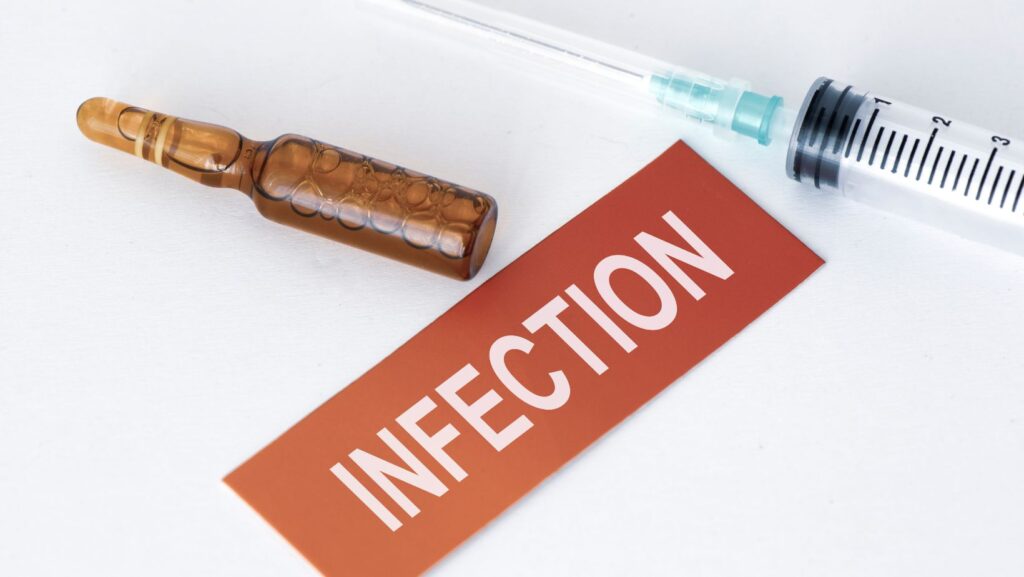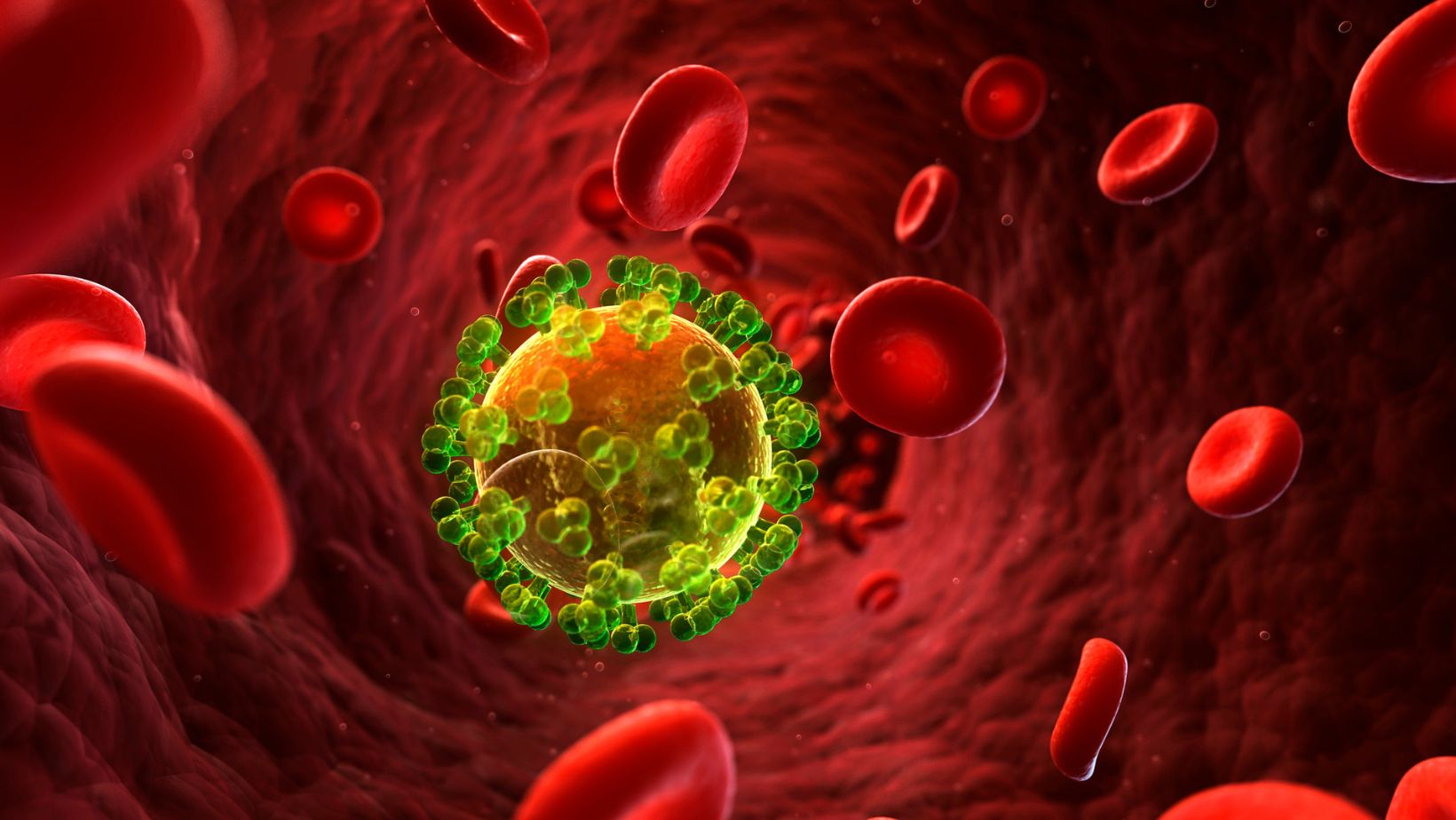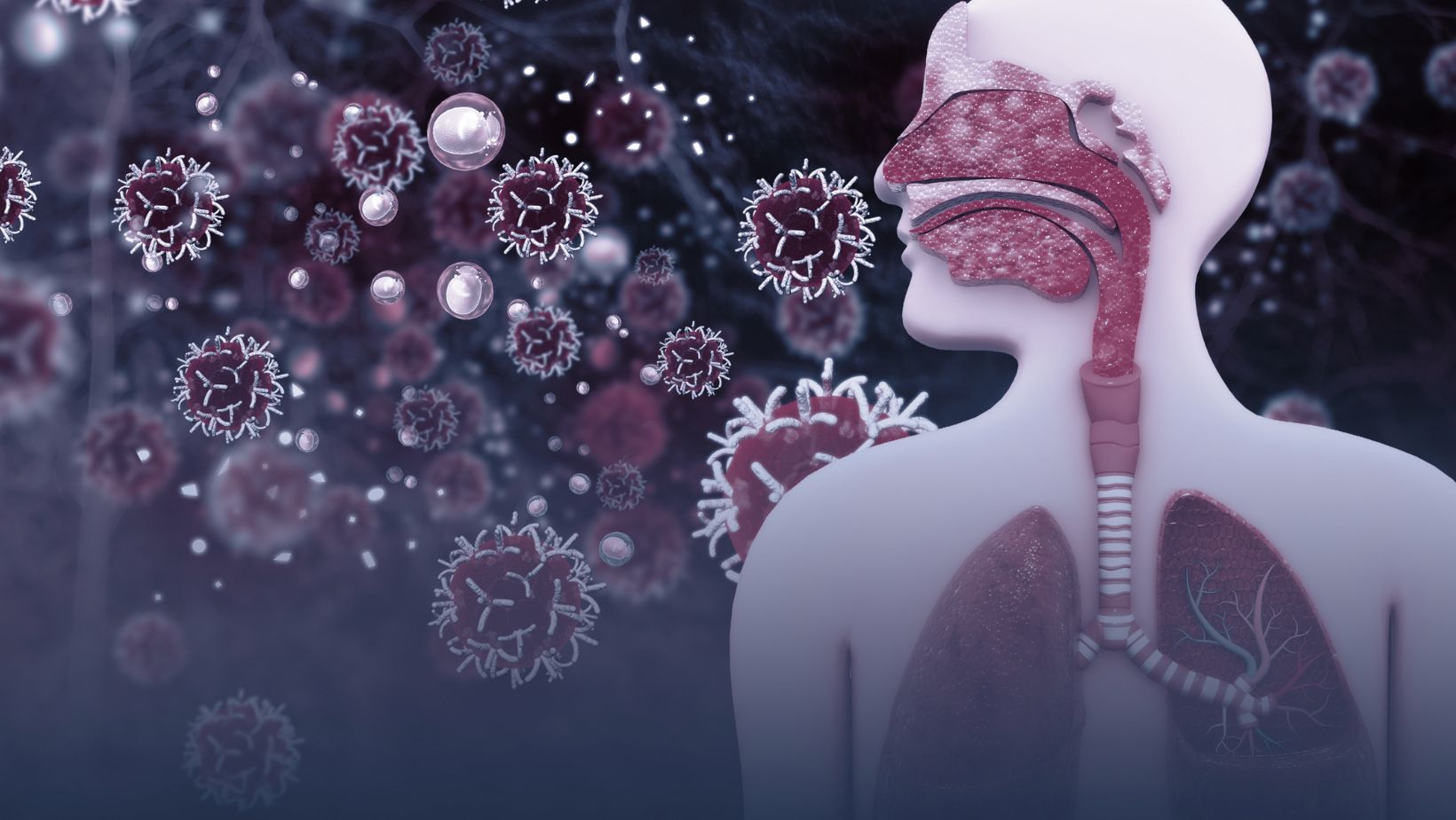What Are Yeast Infections and Why Do They Happen?

Have you ever felt that uncomfortable itch down there? It might be a sneaky yeast infection causing chaos in your nether regions. These frustrating fungal infections are more common than you might think, and understanding their ins and outs can help you conquer and prevent them.
This article examines the details behind yeast infections to demystify their causes, symptoms, and, most importantly, the steps you can take to keep these unwelcome guests at bay.
What Are Yeast Infections?
Yeast infections, also known as candidiasis, are caused by a microscopic fungus called Candida albicans. These fungi are ever-present in your body, typically coexisting harmoniously without causing any trouble.
However, when the balance is disrupted, they can multiply uncontrollably, leading to an infection. These funghi can wreak havoc in various parts of the body, with the most common types being vaginal yeast infections, oral thrush, and skin yeast infections.
Symptoms and Causes
Recognizing a yeast infection is important for getting the relief and health support you deserve. Intense itching, a burning sensation, redness, and abnormal discharge down under are all telltale signs that Candida has taken over.
Factors that can throw off the delicate balance of your body’s microbiome include antibiotic use, a weakened immune system, hormonal fluctuations, diabetes, and synthetic clothing. As your body pivots on a delicate equilibrium, disruptions like these can create the perfect environment for yeast to flourish.
Lifestyle and Habits
Your lifestyle choices and habits can significantly impact your susceptibility to yeast infections. What you put on your plate matters more than you realize. Diets high in sugars and refined carbohydrates can be a feast for Candida, encouraging their overgrowth.
Eat a balanced diet rich in whole foods to keep these fungal freeloaders in check. Additionally, your choice of fabrics can play a role: Tight-fitting synthetic clothing traps heat and moisture, creating a cozy environment for yeast to thrive. Wearing breathable cotton underwear and loose-fitting clothing can help prevent these unwarranted fungal fiestas.
Treatment and Prevention
Traditionally, antifungal medications have been the go-to solution for yeast infections, effectively eliminating overgrown fungi. However, the tides are turning as the spotlight shines on probiotics for their potential role in managing and preventing these infections.

Probiotics, in particular, have garnered attention for their ability to restore and maintain a healthy balance of vaginal flora. By introducing beneficial bacteria into the mix, these probiotics can outcompete and inhibit the growth of Candida, putting an end to the itch and discomfort.
Natural Remedies and Home Care
When managing yeast infections naturally, several remedies can help alleviate symptoms and support your body’s fight against Candida overgrowth. Probiotic-rich foods like yogurt and kefir can introduce beneficial bacteria into your system, aiding in restoring the microbiome balance. Additionally, supplements like URO probiotics can support your vaginal health to help reduce theoccurrencee of yeast infections and their pesky symptoms.
Tea tree oil, when diluted properly, has shown promise in fighting Candida and soothing irritated skin. Maintaining proper hygiene practices, like keeping the genital area dry and clean and avoiding scented hygiene products, can also contribute to preventing yeast infections.
When Should You Seek Medical Help?
While many yeast infections can be effectively managed at home, there are instances when seeking medical help is crucial. If you experience severe symptoms such as intense pain, persistent itching, or abnormal discharge, it’s essential to consult a healthcare provider promptly.
Recurrent yeast infections, infections during pregnancy, or in individuals with weakened immune systems should also prompt a visit to the doctor. Professional evaluation ensures proper diagnosis and treatment, preventing potential complications associated with untreated or recurring yeast infections.
Debunking Myths About Yeast Infections
Myths surrounding yeast infections can cloud your understanding of these common fungal issues. By separating fact from fiction, you can empower yourself with accurate information to manage yeast infection symptoms clearly and confidently.
Myth: Only Women Get Yeast Infections
While yeast infections are more common in individuals with vaginas due to the vagina’s unique environment, men can also develop yeast infections, especially in warm and moist areas like the groin or under the foreskin.
Myth: Yeast Infections Are Always Sexually Transmitted
Yeast infections are primarily caused by an overgrowth of naturally occurring fungi in the body and are not always linked to sexual activity.

However, sexual contact can contribute to their spread in some cases.
Myth: Natural Remedies Alone Can Cure Yeast Infections
While natural remedies like probiotics, garlic, and tea tree oil can help manage symptoms and support treatment, severe or recurrent yeast infections may require medical intervention for effective resolution.
End Yeast Infections Once and for All
Yeast infections might be a nuisance, but armed with the right knowledge and tools, you can take charge of your vaginal health and keep those fungal foes in check. From understanding the causes and symptoms to exploring treatment options, you now have the key to better manage and prevent yeast infections.

 7 Reasons Why Mobile Storage is Such a Popular Self-Storage Option
7 Reasons Why Mobile Storage is Such a Popular Self-Storage Option  Unleash Your Style: Chic Mini Dresses and Moroccanoil Hair Treatments for a Complete Look
Unleash Your Style: Chic Mini Dresses and Moroccanoil Hair Treatments for a Complete Look  How Free Spins Impact Your Earnings in Online Slot Games
How Free Spins Impact Your Earnings in Online Slot Games  Online Casino Bonuses That Are Particularly Popular Amongst Punters
Online Casino Bonuses That Are Particularly Popular Amongst Punters  From Spin to Gold: Slot Games That Transform Your Bets into Real Money
From Spin to Gold: Slot Games That Transform Your Bets into Real Money  Women, Substance Abuse, and the Workplace: Balancing Recovery and Career
Women, Substance Abuse, and the Workplace: Balancing Recovery and Career